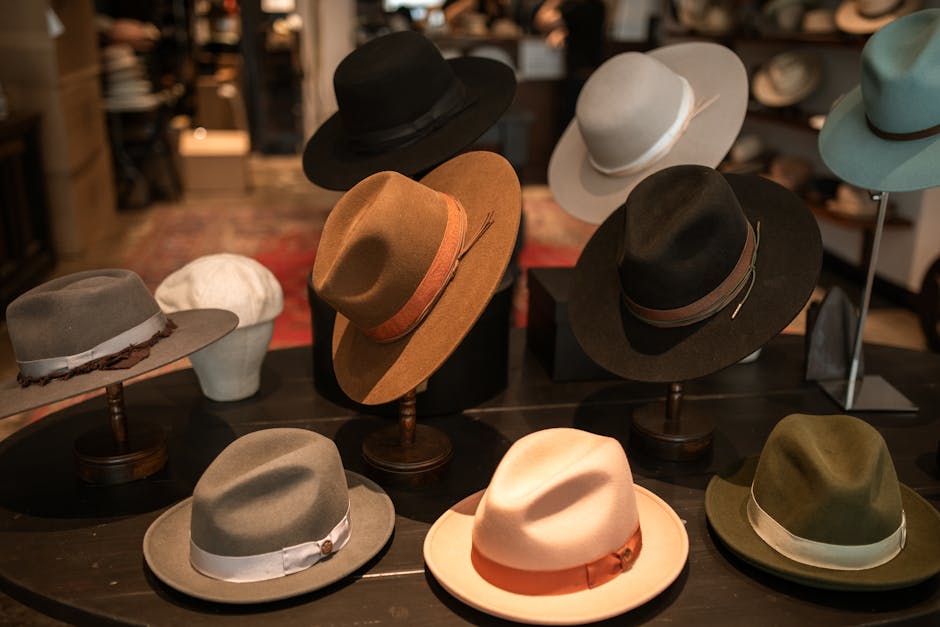6 Reasons Why Japanese Stationery is Just Better! ✨🇯🇵

6 Reasons Why Japanese Stationery is Just Better! ✨🇯🇵
Hey stationery lovers! If you're anything like me, you believe that the tools we use to write, sketch, and organize can genuinely elevate our everyday lives. And if you're looking to elevate your life, you need to explore the wonderful world of Japanese stationery. I'm absolutely obsessed! There's just something about it – the design, the functionality, the meticulous attention to detail – that makes it stand head and shoulders above the rest. Forget boring beige; we're talking aesthetically pleasing, supremely functional, and downright joyful stationery!
I've been a devotee of Japanese design for years, and I've noticed a consistent thread of quality, innovation, and, frankly, an understanding of what people actually need and want in their stationery. It's not just about writing; it's about enhancing the entire creative process. So, let's dive into the reasons why Japanese stationery is, in my very humble (but enthusiastic!) opinion, simply better.
1. Unparalleled Quality and Craftsmanship

Let's start with the obvious: the quality. Japanese manufacturers are renowned for their dedication to precision and craftsmanship. This isn't just marketing fluff; it's deeply ingrained in their culture. Think about Japanese knives or even their incredibly intricate origami – it's all about the pursuit of perfection. This same philosophy translates seamlessly into their stationery.
You'll find it in:
- The Paper: Tomoe River paper, for example, is legendary. It's incredibly thin, yet incredibly durable and resistant to feathering or bleed-through, making it perfect for fountain pens. Even standard notebook paper often boasts a smoothness that's a delight to write on. The feel of the paper itself inspires you to create.
- The Ink: Japanese ink formulations are often vibrant, waterproof, and archival-quality. They flow smoothly and consistently, ensuring a beautiful and reliable writing experience. They also understand the importance of drying time and minimizing smudging!
- The Construction: From the binding of a notebook to the mechanism of a mechanical pencil, Japanese stationery is built to last. The attention to detail is astounding. You'll find meticulously crafted erasers that don't crumble, perfectly balanced pens, and durable pencil cases that can withstand the rigors of daily life.
This dedication to quality translates to a more enjoyable and efficient writing experience. When your tools are reliable and well-made, you can focus on the task at hand – whether it's jotting down ideas, writing a novel, or simply making a to-do list – without the frustration of subpar materials.
2. Ingenious Design and Innovation

Japanese stationery isn't just about quality materials; it's about clever design that solves problems you didn't even know you had! They're constantly pushing the boundaries of what's possible, creating innovative tools that enhance productivity and creativity.
Examples that spring to mind:
- The Kokuyo Beetle Tip Dual Color Highlighter: This highlighter has two different colored tips that meet in the middle, allowing you to easily create two different colored lines with a single stroke. Pure genius!
- The Uni-ball One Gel Pen: Known for its quick-drying ink and vibrant colors, this pen is a favorite among artists and writers alike. Plus, the sleek, minimalist design is just chef's kiss.
- The Midori MD Notebook: This notebook is designed to lay completely flat, making it a joy to write in from edge to edge. The high-quality paper is also a dream to write on with any type of pen.
- Retractable Erasers: These erasers are the heroes we didn't know we needed. They provide precise erasing without damaging the paper.
- Pencil Sharpeners with Automatic Stop: Ever over-sharpened a pencil? These sharpeners know when to stop, preventing wasted lead and broken tips.
These are just a few examples, and honestly, the list goes on and on! The key takeaway is that Japanese designers are constantly thinking about how to improve the user experience and make stationery more functional and enjoyable to use. They don't just create pretty things; they create tools that truly make a difference.
3. Functionality Meets Aesthetics

This is where Japanese stationery truly shines. It's not enough for something to be beautiful; it also has to be functional. And conversely, something functional shouldn't be an eyesore. Japanese design beautifully marries these two concepts.
Think about it: many Western stationery brands focus heavily on either aesthetics or functionality, but rarely both. You might find a gorgeous notebook with terrible paper or a highly functional pen that's clunky and unappealing to look at. Japanese stationery strives for the perfect balance.
For example:
- Minimalist Design: Clean lines, simple shapes, and a focus on essential elements create a visually appealing and uncluttered aesthetic.
- Ergonomic Considerations: Pens and pencils are often designed with ergonomics in mind, ensuring a comfortable grip and reducing hand fatigue.
- Thoughtful Color Palettes: Japanese stationery often features subtle, sophisticated color palettes that are calming and inspiring. Forget garish neon; think muted pastels and earthy tones.
This harmonious blend of functionality and aesthetics is what makes Japanese stationery so appealing. It's not just about having tools that work well; it's about having tools that you genuinely enjoy using and that enhance your overall creative experience. It transforms the mundane into something a little bit more special.
4. A Wide Variety for Every Need

Whether you're a seasoned artist, a dedicated student, a meticulous planner, or simply someone who enjoys putting pen to paper, there's a piece of Japanese stationery out there for you. The sheer variety is astounding!
Consider these options:
- Pens: From ultra-fine point gel pens to brush pens perfect for calligraphy, the options are endless. You can find pens for every conceivable writing style and application.
- Pencils: Mechanical pencils, colored pencils, and traditional wood-cased pencils are all available in a wide range of lead grades and colors.
- Notebooks and Planners: From pocket-sized notebooks to elaborate planners, you'll find a format that suits your needs perfectly. Grid paper, dotted paper, blank pages – they've got it all.
- Erasers: From classic block erasers to retractable erasers and even electric erasers, you can find the perfect tool for correcting mistakes.
- Desk Accessories: Pencil cases, paper clips, scissors, and other desk accessories are available in a wide range of styles and materials.
- Washi Tape: This decorative tape is perfect for adding a touch of personality to your planners, journals, and crafts.
The sheer variety ensures that you can find the perfect tools to suit your specific needs and preferences. It's about empowering you to create, organize, and express yourself in the way that works best for you.
5. A Culture of Continuous Improvement (Kaizen)

The Japanese philosophy of Kaizen, meaning "continuous improvement," is deeply embedded in their manufacturing processes. This means that Japanese stationery brands are constantly striving to make their products better, more efficient, and more user-friendly.
This commitment to continuous improvement manifests itself in several ways:
- Research and Development: Japanese stationery companies invest heavily in research and development, constantly exploring new materials, technologies, and designs.
- Customer Feedback: They actively seek out customer feedback and use it to improve their products. They listen to what people want and need and then incorporate that into their designs.
- Attention to Detail: They pay meticulous attention to every detail, from the shape of a pen grip to the smoothness of a paper finish.
This dedication to continuous improvement is what sets Japanese stationery apart from the competition. They're not content to rest on their laurels; they're always looking for ways to make their products even better. This ultimately benefits the consumer, as we get to enjoy tools that are constantly evolving and improving.
6. It's an Affordable Luxury

Okay, I know what you might be thinking: "All this quality and innovation must come at a high price!" And while some high-end Japanese stationery can be quite expensive, the vast majority is surprisingly affordable. You can find high-quality pens, pencils, and notebooks for just a few dollars.
The key is to think of it as an affordable luxury. It's not about spending a fortune on stationery; it's about investing in tools that enhance your everyday life. A well-made pen that makes writing a joy, a notebook that inspires you to create, a planner that helps you stay organized – these are small investments that can have a big impact.
Think of it this way: you might spend $5 on a fancy coffee every day. Instead, you could invest that money in a beautiful Japanese notebook and a high-quality pen. You'll get just as much enjoyment out of it, and it will last much longer!
I often tell people that discovering Japanese stationery was like unlocking a whole new level of enjoyment in my everyday tasks. Suddenly, writing to-do lists, taking notes, and sketching ideas felt less like chores and more like opportunities for creativity and self-expression. And that, my friends, is priceless.
So, there you have it! Six compelling reasons why Japanese stationery is, in my opinion, simply better. The quality, the innovation, the functionality, the aesthetics, the variety, and the affordability all combine to create a truly exceptional experience. If you haven't already, I urge you to explore the world of Japanese stationery. You might just find your new favorite pen (or pencil, or notebook, or…well, you get the idea!). Happy writing!
Post a Comment